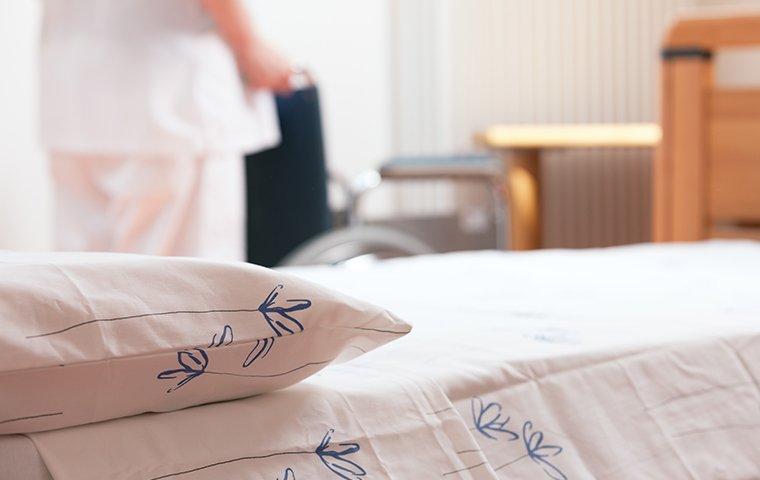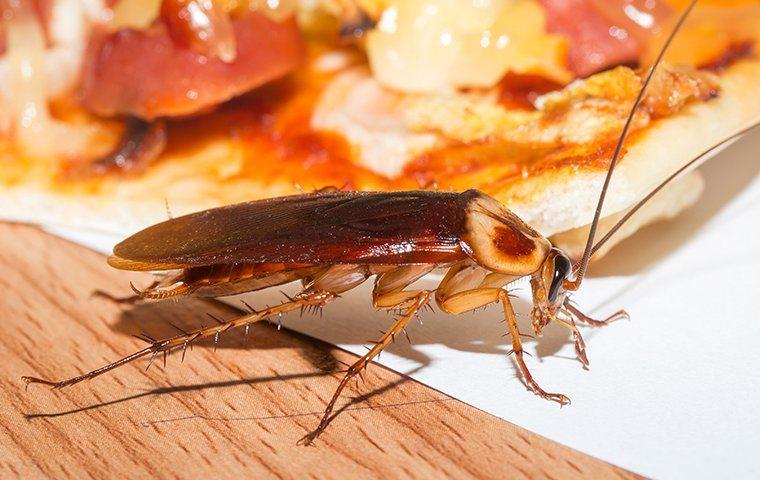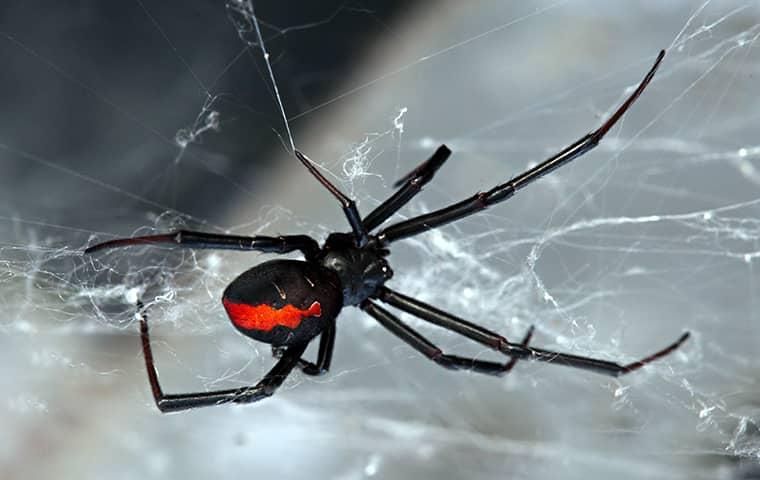Jacksonville Healthcare Professionals' Guide To Bed Bugs In Assisted Living Facilities
Feb 27, 2020
Senior living has enough challenges without adding bed bugs into the mix. But bed bugs present a unique challenge for residents and healthcare professionals in assisted living facilities, nursing homes, and retirement communities. In surveys conducted to test bed bug sensitivity, the results have been startling, particularly as they relate to seniors. It has been found that around 30 percent of people have no reaction to bed bug bites, and they don't report bites even when they have them. The results are as much as 76 percent for seniors. Experts believe that this is because seniors are more resistant to bites, due to a low responsiveness to skin allergens. When seniors don't report bed bugs, for whatever reason, it allows these bugs to spread from room to room or from apartment to apartment. So it is vital to educate seniors in how they may detect bed bugs in other ways.

Where Bed Bugs Hide
These insects have been living almost exclusively with humans for centuries. They're good at being sneaky. There are many reasons for their sneakiness, but two worth mentioning. Bed bugs have a strong aversion to light and they are thigmotactic. Thigmotaxis causes a creature to react positively to being squeezed into tight spaces. So, if you want to detect bed bugs, you have to look in tight, dark places such as:
- The space between a mattress and a box spring
- The seam around the edge of a mattress or box spring
- The recesses or cracks in a bed frame
- The gaps or cracks in a bed stand
- Along the edge of a baseboard
- Along the edge of crown molding
- In the stitching of upholstered furniture
- In the pockets or seams of a duffle bag, book bag, or pocketbook
- In the binder on hardcover books
- These are some of the many locations bed bugs may be found.
Signs Bed Bugs Leave
Skins:
As bed bugs develop, they shed their skins.
Droppings:
The feces of bed bugs have a black coloration. They may be sprinkled or they may appear as patches or streaks when staining occurs.
Eggs:
Bed bug eggs are about 1 mm in length and pale white. They may be found as individuals or in small batches.
Bloodstains: Bed bugs excrete a little blood. This will cause red stains at first, and brown stains over time. There will also likely be some black stains nearby or mixed in.
Pheromones:
Bed bugs release an unpleasant smell. This smell will be faint at the onset of an infestation.
Bed Bug Identification
If you uncover bed bugs, you may identify them by a few characteristics:
- They will be 1 to 4.5 mm in length.
- Newly hatched bed bugs will be pale white and grow tannish yellow as they mature into reddish brown, adult bed bugs.
- They will have six legs and two antennae
- There will be crease lines on the abdomen.
- There will be black feces visible in the abdomen.
- There may be bright red in the abdomen of immature nymphs.
Reporting Bed Bugs
Seniors should be informed that bed bugs are not drawn to dirty residences. They can infest the cleanest of spaces. If necessary, allow for anonymous reporting of bed bugs to remove this as a roadblock.
Bed Bug Response
It is important to always be transparent with residents. Let them know that you have a plan in place to quickly and effectively deal with these pests. Inform them that bed bugs are not known to spread diseases or harmful organisms. This will help folks to be at ease. If your assisted living facility is in the Greater Jacksonville area, consider partnering with Lindsey Pest Services. Our licensed pest control professionals use industry-leading strategies to quickly and discreetly get control of bed bug infestations. Connect with us today.












